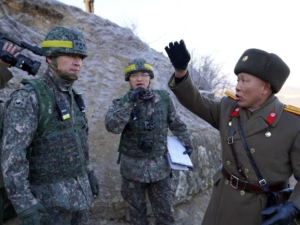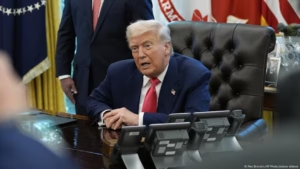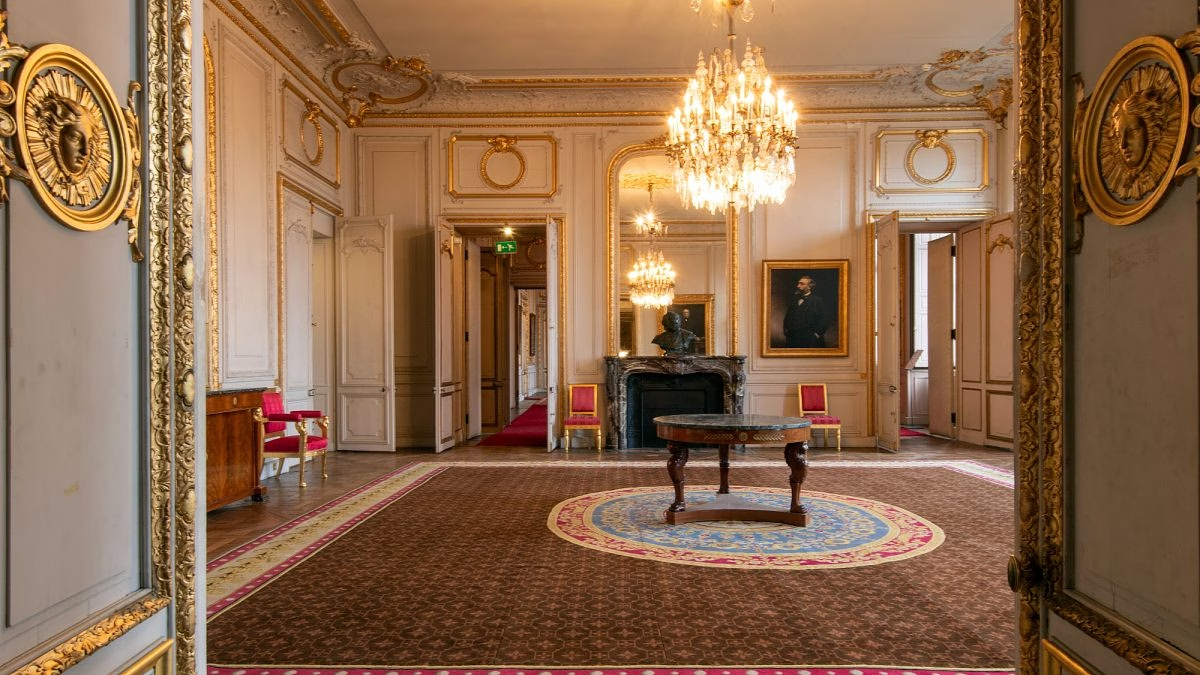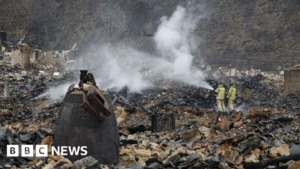The Château de Versailles pays tribute to a lesser-known heritage, highlighting the significant yet symbolic role it played in the development of French democracy up to the present day.
Martine, a tour guide at the château for 15 years, shares her enthusiasm for the continuing discoveries within Versailles, emphasizing that despite her extensive experience, there remains much to uncover behind its ancient walls.
Amongst the many secrets of the château are the Salle du Congrès and the president’s apartment, which are now accessible to visitors. The tour starts beneath the ornate décor of the Royal Opera House, where Louis XVI and Marie-Antoinette were married in 1770. A century later, this same venue hosted the parliamentary gatherings of the Third French Republic.
The political transition, marked not only by architectural but also by political shifts, is at the center of a special tour marking the 150th anniversary of the Wallon amendment. This amendment established the Senate and National Assembly and formalized the election of the President by these two entities, solidifying the Third Republic.
Christophe Leribault, the Château’s President, notes that this period of French political history is often overlooked and that the tour aims to shed light on the relatively unknown Versailles of the 19th century. The Salle du Congrès, with its modern red velvet armchairs, sharply contrasts with the more traditional aesthetics of the Sun King’s era.
The president’s apartment, where ballot papers for presidential elections were once tallied until 1954, has also been opened to the public. This apartment is occasionally used by the presidents of the National Assembly and Senate today.
Despite members of parliament and senators later relocating to Paris in 1879, the Third Republic left a lasting impact on the château. It was here that the French Constitution was amended, including the recent instance in 2024 when women’s right to an abortion was enshrined.
Leribault, reflecting on his first day as Château’s President, recalled the vivacity of the place as it hosted members of parliament, senators, and journalists. This experience reinforced his belief in opening up new spaces within Versailles to appeal not only to foreign tourists but to the French and Parisians, fostering a sense of ownership over the heritage.
Through this unique tour, which emphasizes the complex and fascinating intersection of monarchy and republicanism, the Château de Versailles offers visitors not just a glimpse into the past but also a connection to the ongoing legacy of French political history. The exhibition is available to the public, offering guided tours on weekdays until the end of September.
Source: https://www.euronews.com/culture/2025/03/30/power-to-the-people-versailles-reveals-hidden-halls-to-celebrate-150-years-of-the-third-re






